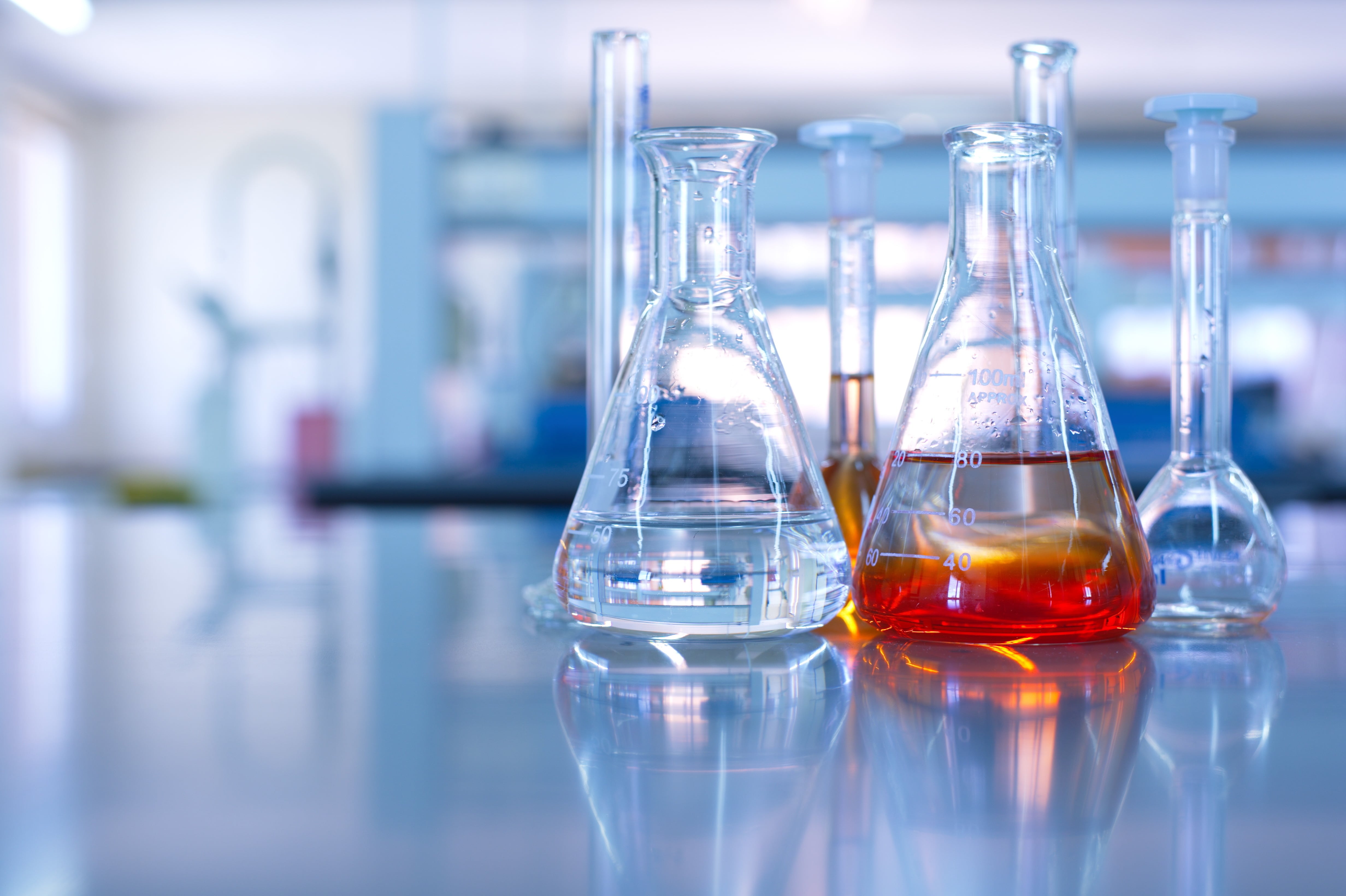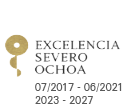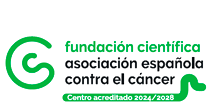Activity Detail
Seminar
The ins and outs of initiating glycoconjugate biosynthesis at the membrane frontier
Barbara Imperiali
 Glycans — biopolymers assembled from carbohydrates — serve critical functions across domains of life. In bacteria, diverse conjugates of glycans with proteins and lipids, such as bacterial peptidoglycan and capsular polysaccharides, provide mechanical stability to unicellular organisms in rapidly changing environments and often serve as virulence factors.
The biosynthesis of many glycans occurs via a “conveyor belt strategy” involving sequential stepwise glycan assembly onto a long-chain polyprenol phosphate-linked carrier at cellular membranes. This presentation will focus on the initial membrane-committed step of the biosynthetic pathways catalyzed by phosphoglycosyl transferases (PGTs). PGTs catalyze the transfer of a phospho-sugar from a soluble nucleoside diphospho-sugar to a membrane-resident polyprenol phosphate. Historically, studies on the PGTs have proven to be challenging because they are integral membrane proteins that are recalcitrant to expression, purification, and detailed analysis. However, in recent years, exciting new information has been derived on the structures and mechanisms of PGTs, revealing two unique superfamilies of PGT enzymes that catalyze phosphoglycosyl transfer at the membrane interface. This presentation will focus on biochemical, biophysical, and bioinformatic studies on a recently defined superfamily of monotopic PGTs, which initiate the biosynthesis of diverse glycoconjugates implicated in bacterial virulence and pathogenesis.
Glycans — biopolymers assembled from carbohydrates — serve critical functions across domains of life. In bacteria, diverse conjugates of glycans with proteins and lipids, such as bacterial peptidoglycan and capsular polysaccharides, provide mechanical stability to unicellular organisms in rapidly changing environments and often serve as virulence factors.
The biosynthesis of many glycans occurs via a “conveyor belt strategy” involving sequential stepwise glycan assembly onto a long-chain polyprenol phosphate-linked carrier at cellular membranes. This presentation will focus on the initial membrane-committed step of the biosynthetic pathways catalyzed by phosphoglycosyl transferases (PGTs). PGTs catalyze the transfer of a phospho-sugar from a soluble nucleoside diphospho-sugar to a membrane-resident polyprenol phosphate. Historically, studies on the PGTs have proven to be challenging because they are integral membrane proteins that are recalcitrant to expression, purification, and detailed analysis. However, in recent years, exciting new information has been derived on the structures and mechanisms of PGTs, revealing two unique superfamilies of PGT enzymes that catalyze phosphoglycosyl transfer at the membrane interface. This presentation will focus on biochemical, biophysical, and bioinformatic studies on a recently defined superfamily of monotopic PGTs, which initiate the biosynthesis of diverse glycoconjugates implicated in bacterial virulence and pathogenesis.





